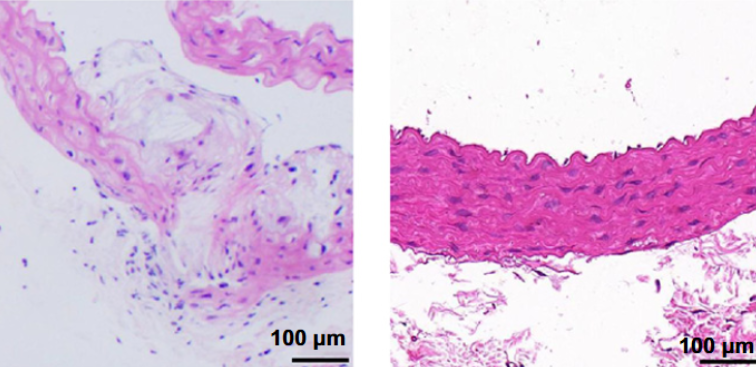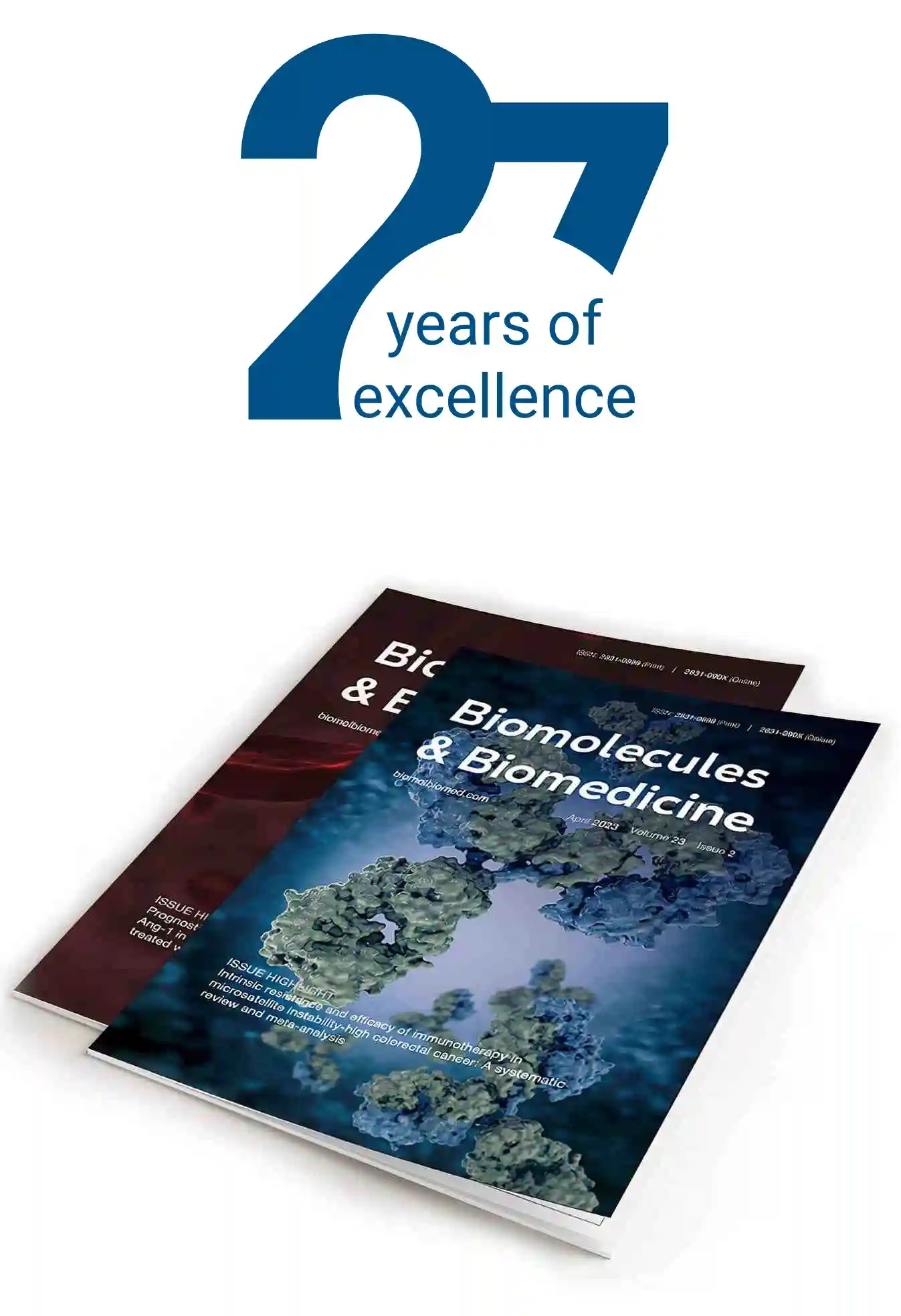D-box-binding protein alleviates vascular calcification in rats with chronic kidney disease by activating microRNA-195-5p and downregulating cyclin D1
DOI:
https://doi.org/10.17305/bb.2023.10080Keywords:
D-box-binding protein (DBP), chronic kidney disease (CKD), vascular calcification (VC), microRNA-195-5p, Cyclin D1 (CCND1)Abstract
Vascular calcification (VC) is a critical complication in chronic kidney disease (CKD), where transcription factors (TFs) and microRNAs (miRs) could potentially play a pivotal role in its pathogenesis and progression. To explore the potential molecular mechanism by which the TF D-box-binding protein (DBP) regulates the miR-195-5p/cyclin D1 (CCND1) axis and its impact on aortic VC in CKD rats, we established a rat model of CKD with VC through a 5/6 nephrectomy procedure. This model was treated with lentivirus overexpressing DBP or CCND1 to analyze their roles in aortic VC. Additionally, an in vitro cell model of VC was induced by high phosphorus. This model underwent transfection with lentivirus overexpressing DBP or miR-195-5p mimic/inhibitor to confirm their regulatory roles in aortic VC in vitro. We assessed the interactions between DBP and miR-195-5p, as well as between miR-195-5p and CCND1. Our results indicated that the expression of DBP and miR-195-5p was reduced, while CCND1 levels were elevated in both the rat and cell models. Overexpression of miR-195-5p inhibited VC in vascular smooth muscle cells (VSMCs). Bioinformatics prediction and dual luciferase assays confirmed that DBP could act as a TF to enhance miR-195-5p expression, with Ccnd1 identified as a downstream target gene of miR-195-5p. Overexpression of DBP inhibited aortic calcification in CKD rats, whereas overexpression of CCND1 produced the opposite effect. In conclusion, the TF DBP can inhibit CCND1 expression through transcriptional activation of miR-195-5p, thereby preventing VC in rats with CKD.
Citations
Downloads

Downloads
Published
Data Availability Statement
The data that support the findings of this study are available from the corresponding author upon reasonable request.
Issue
Section
Categories
License
Copyright (c) 2024 Ye Yao, Kun Zhao, Yan Zhang, Lihui Wang, Wei Shan, Xu Yan

This work is licensed under a Creative Commons Attribution 4.0 International License.
How to Cite
Accepted 2023-12-24
Published 2024-01-07









